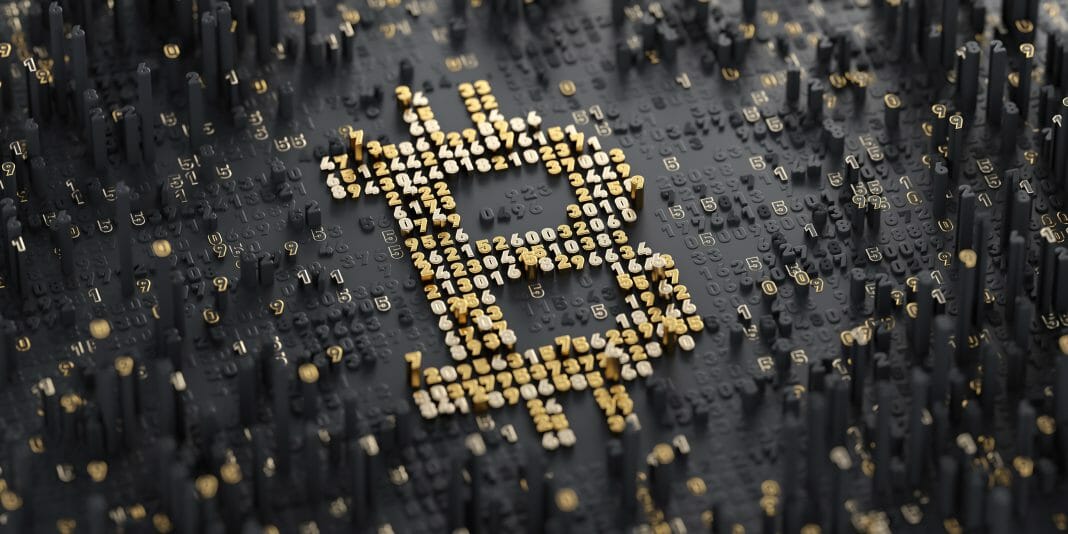The blockchain technology keeps gaining adepts worldwide, as three national units of the world’s most recognized humanitarian organization in the medical area, the Red Cross, are currently taking advantage of the distributed ledger in an attempt to stimulate local economies, per a report from the Thomas Reuters Foundation in recent days.
The three Red Cross units are currently backing a currency system based on the blockchain technology not only to boost local economies but also to enhance aid delivery to locations that may need it.
The development will have a direct impact in the Red Cross societies of Kenya, Norway, and Denmark, as they all have launched a two-year project to implement blockchain-backed local currencies, as they call it, instead of cash and voucher provision in aid and development resources and efforts.
Roughly $1 Billion per Year in Cash and Vouchers
The report explains that the organization, as of now, is currently distributing roughly $1 billion per year as cash and vouchers, and they are mainly dedicated to disaster relief or to boost economies depending on the location.
However, with the new blockchain approach in place (test have already been conducted in specific locations in Kenya and Ethiopia) has already managed sizable improvements in trade in unfavored communities, as they let local people earn credits created from work, sales, or aid injections. Subsequently, they can spend these assets through a mobile app, and the blockchain system will be there to record every transaction in the immutable ledger.
One person familiar with the situation, a Danish Red Cross staffer, told Reuters that the newly implemented project is somewhat similar to M-Pesa mobile money transfer performed in Kenya. However, one difference between the two is that the one implemented by the Red Cross doesn’t require users to have fiat funds.
Several Locations
If the plan goes smoothly, the people behind the project will expand it across Kenya and other African nations in the future, such as Malawi, Zimbabwe, and Cameroon. Asian countries such as Myanmar and Papua New Guinea could also participate. The goal is to onboard 320,000 new users in the next two years.
Paula Gil, a Geneva-based humanitarian consultant, stated that technology has the potential to bring about a revolution in aid delivery. “This is the future,” she told the Thomson Reuters Foundation, and added that “probably the only true use of blockchain for good”.
On top of all, the new project is said to be very affordable when it comes to costs. According to Grassroots Economics founder Will Ruddick, approximately $40,000 per year is needed for servers and support across Kenya, besides the original $1 million in start-up funding from Norway and other contributors.
Will Ruddick, the founder of Grassroots Economics (an organization aiming to develop community currencies such as the one for the Red Cross project) observed that the blockchain-backed exchange systems have the potential to reshape the way spending for development and resilience-building was viewed at a worldwide scale.
He emphasizes that the scheme “lets 25 women with (simple) feature phones create their own credit and savings pool using totally automated systems.”
By Andres Chavez











